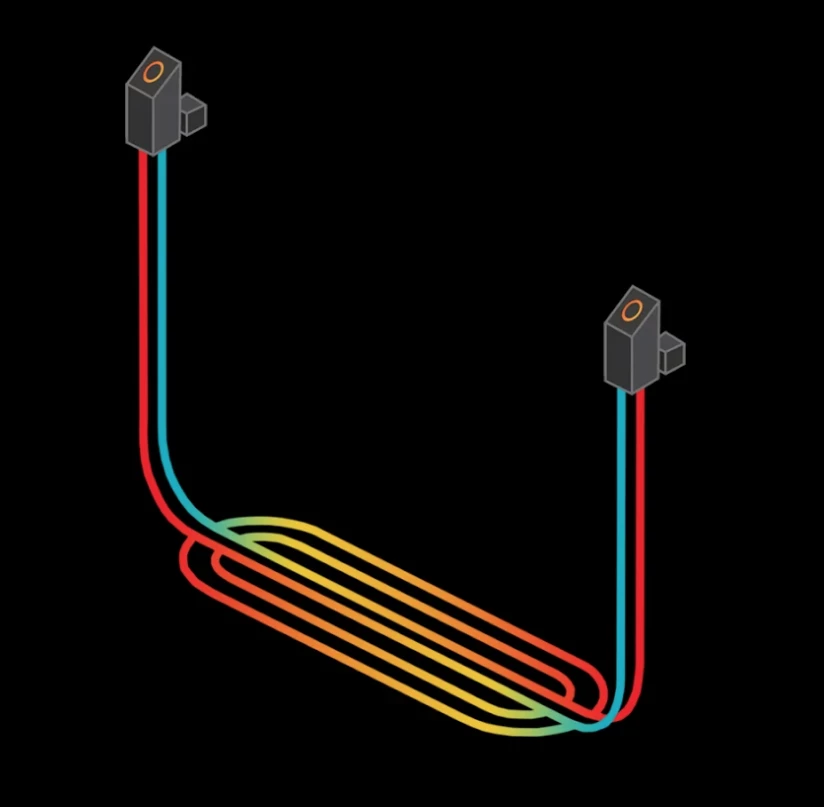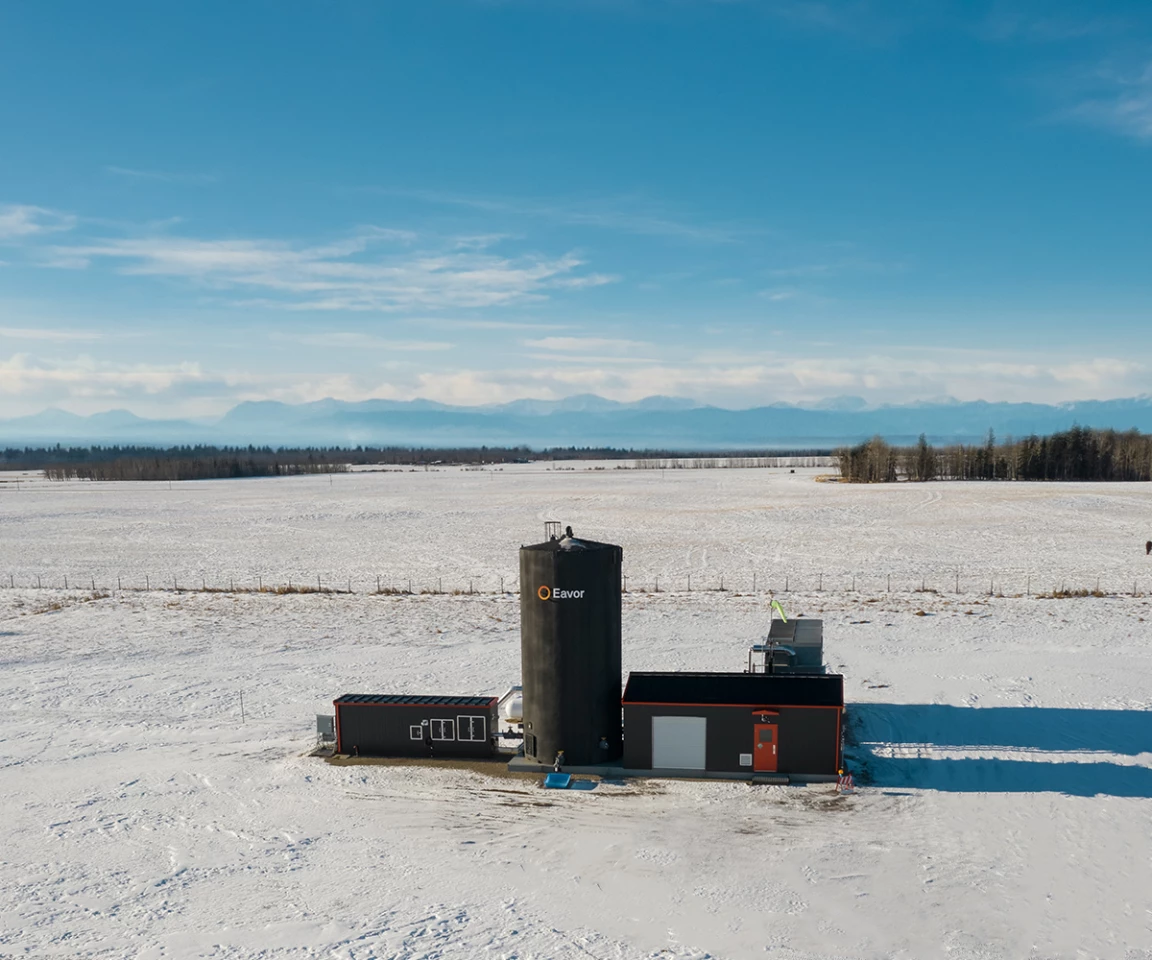BP and Chevron have led a US$40 million investment round for a Canadian startup that claims to have developed a unique way to extract energy from geothermal heat on demand, using an unpowered looping fluid design that's already prototyped in Alberta.
Solar and wind are scalable renewable resources, but only produce energy when the sun and wind are up, not when the grid needs it. Hydro can respond well to demand, but it's not really scalable; the geometry of your dam dictates the size of your operation. Regular geothermal needs volcanic levels of heat, which restricts it to certain locations, the same way hydro needs mountain reservoirs.
There are lower-temperature, low-enthalpy geothermal projects out there that can generate energy from hot rock in a flexible, scalable, on-demand fashion, but according to Eavor CEO John Redfern, these haven't taken off because they lose between 50-80 percent of the power they generate in the task of pumping the water up and down.
Which makes this Eavor-Loop technology a bit of a unicorn. Essentially it's a low-enthalpy geothermal station that sends fluid through a sealed loop in a way that self-perpetuates without adding any extra energy at all once it's running.
The idea is devilishly simple: hot water wants to rise, cool water wants to fall. So the Eavor-Loop tunnels way down, miles deep into the Earth where the rock is hot, then runs a series of parallel tunnels out horizontally through the rock, where the water can get nice and hot. These tunnels themselves run for several miles deep beneath the surface, then join back together and rise up vertically again.

The heat is harvested at the surface, and used either directly as commercial heating or by using a traditional heat engine to convert it into electricity. This cools the water, after which it gets sent back down underground into another similar set of underground radiator tunnels that heat it back up and send the hot water back up to the surface at the original site, where the heat can be harvested again.
The fact that this all happens in a sealed loop, says Eavor, means that once the fluid is in motion, the higher density of cooler water will push it downward, and the lower density of the hot water will make it easier to push upwards. Kick-start the loop with a pump, and the water will begin to circulate itself, with no energy losses.
It can run in a number of configurations, not all of which require multiple spaced-out ground stations. You can scale it as much as the Earth allows by adding extra loops to your facility. Eavor says a single loop can generate "industrial-scale electricity or produce enough heat for the equivalent of 16,000 homes with a single installation." The target cost of energy production is $50 per megawatt-hour.
The company has a full-scale prototype running at a site near Rocky Mountain House in Alberta. The Eavor-Lite site started construction in August 2019, and was up and running circulating fluid by early December. A simpler design than the one described above, it burrows some 2.4 km (1.5 mi) deep into the crust, runs along 2 km (1.2 miles) laterally, rises back up and then returns to the original site via a pipe along the ground, completing the loop that way instead of going back under.

The prototype was built to prove that the "thermo-siphon" effect can keep fluid circulating by itself, as well as testing the process of drilling intersecting wellbores way underground and prove that Eavor's RockPipe designs can maintain the necessary pressure levels to keep things running with a negligible leak rate.
The company says the fluid has been circulating by itself for more than a year now. It's not harvesting heat; indeed it's basically venting it skyward in an aerial cooler at the surface. But the company's happy that the prototype has proven the technology and the premise, and it's now bringing more investors on board as it moves to commercialize. Yesterday, Eavor announced the closing of a $40 million funding round led by BP Ventures and Chevron Technology Ventures, among others.
The first commercial-scale project is likely to be built in Germany at a site in Geretstried owned by Enex Power Company, which was attempting to create its own geothermal energy project, but found there wasn't enough heat for the type of installation it was planning.
There is, however, enough heat to run an Eavor-Loop. And the geothermal permits are already in place, as well as a deal with the German government to buy the power produced for about $270 per megawatt-hour. And there's a couple of wells already drilled. An ideal first project.
Eavor CEO John Redfern told Recharge News this first project is likely to start out as a 10-MW station, with construction starting next January if it gets the green light. But there's ample space at the site to ramp it up to 200 MW simply by adding more underground loops. Scaling up to this degree would cost around $2.9 billion.
But then you'd have a highly reliable, completely green energy source with which to augment your solar and wind and hydro projects. Eavor is looking to BP and Chevron not just as investors, but as partners who can run these kinds of giant projects effectively. So if the initial German project goes ahead, the relationships are being put in place to see this tech rolled out globally across many markets.
Check out a short video below.
Source: Eavor






